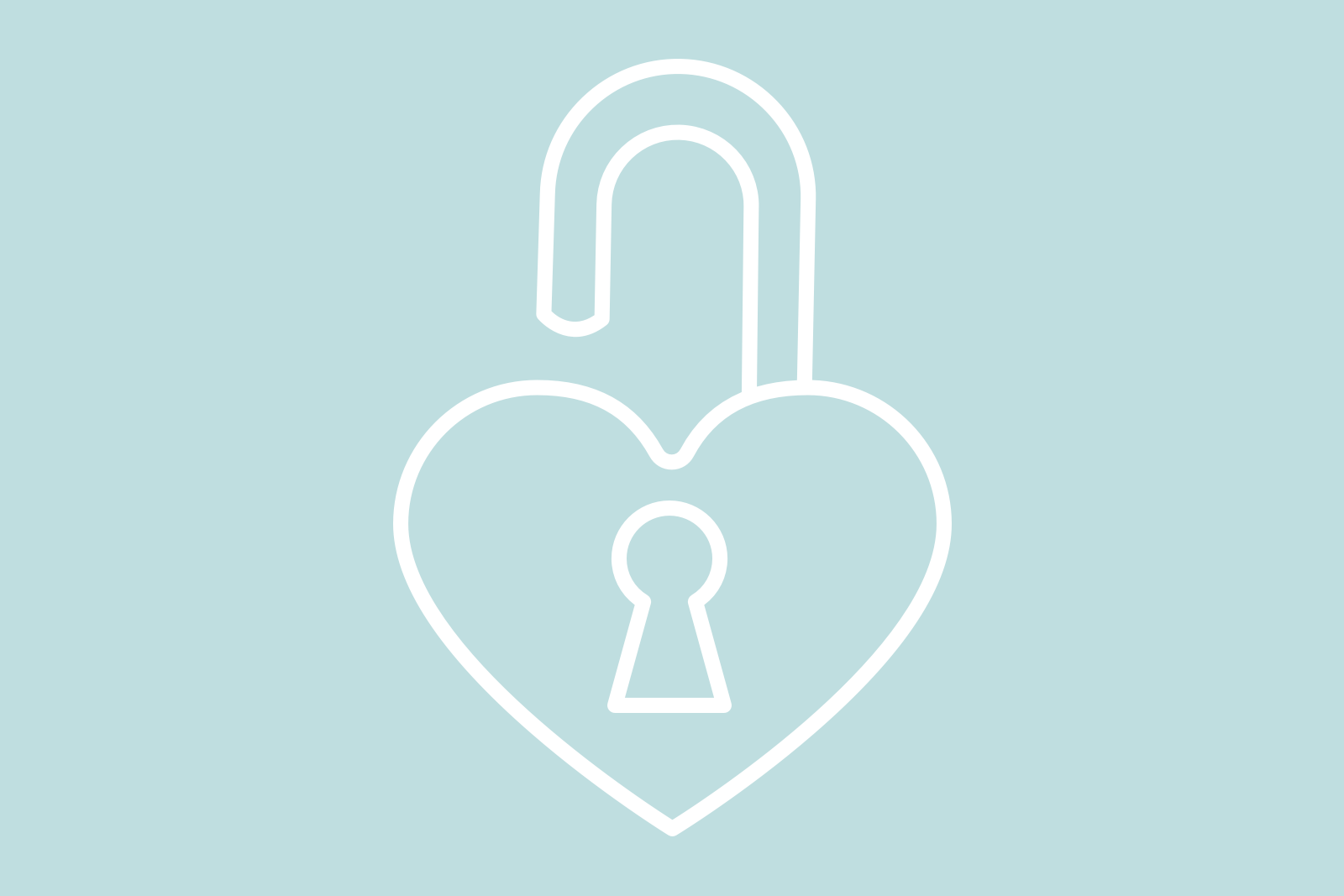Loyalty Program Optimization

When we think of how optimization can enhance loyalty programs, its impact can be significant—ensuring the best design, maximizing marketing efforts, helping deliver a program’s value proposition, and more.
Whether you’re launching or expanding a loyalty program, operational optimization is key to success. But how do you ensure your operational processes align to support your loyalty strategy?
At The Lacek Group, we believe true operational optimization is not maintenance but excellence. It’s about continually improving operational activities in order to deliver and manage an exceptional loyalty strategy.
Why is this so important? When a loyalty program runs on all cylinders, three key benefits are realized:
1. Gains in efficiency
2. Engaged, motivated teams
3. Effective allocation of budget dollars, enabling investment in innovations or program enhancements
So, how do you ensure you’re optimizing your program’s operations and achieving the desired state of excellence? Consider these four pillars of success:
1. Select the team members with the right mindset.
2. Identify the most effective working models to help teams operate.
3. Ensure the proper tools are in place to support teams.
4. Determine measures of success and gain buy-in from all stakeholders.
Begin by assessing the current situation, making sure to identify the challenge areas in your technology and operations organizations. Easily uncovered are siloed teams, any lack of process buy-in, and competing priorities. Bigger challenges to discover are related to enterprise-level growth areas, like the launch of a new product, the integration of enterprise-wide software, or hardware installation. It’s not always evident how these things may affect your loyalty program operations, so be sure to understand what’s happening in each of these areas.
From this assessment, you can determine with confidence the areas needing improvements. Starting with the team members pillar, recognize that the industry has evolved to include more specialty areas—in other words, a network of agencies supporting the loyalty program, coupled with an organization’s complex structure and areas of expertise. This can create siloed functional areas with competing agendas and multiple ways of working. Thus, setting up teams to operate your program effectively can prove challenging.
The key to success is finding the right mix of dedicated and shared employees across all functions and agencies. Additionally, selecting a seasoned operations lead is tremendously helpful. The person in this role can serve as a liaison between an organization lead (typically a technology expert) and an agency lead. He or she must offer balance, understanding both the goals of the business and how loyalty aligns with these goals, while also holistically representing the working teams. In essence, to ensure that his or her team feels the same level of commitment, the lead should display an attitude of “we’re all in this together.”
Another key responsibility of the operations lead is to educate the teams on how to work together effectively. While this may seem basic, doing so can avoid a great deal of wasted energy and inefficiencies.
This brings us to our second pillar: working models, i.e., workflows and processes. Begin by identifying solid project-management protocols, defining effective meetings, determining technical and operational requirements, and spelling out standard operating procedures. Most importantly, teams must understand all of these components and how key they are to running effective loyalty operations.
As more players are needed to operate the program, it’s important to respect the various pipeline methods. For example, whether your workflow model is agile, waterfall, linear, rules-driven, or customized, you must understand the type so you can manage the work accordingly. Sometimes a mashup of models can provide needed elegance to successfully operate your program. Finally, don’t over-process your teams—let them organize themselves with some structure, and you’ll find great engagement.
A team can only be as successful if it leverages proper tools, i.e., the applications. Whether using JIRA, SharePoint, or a customized tool, applications that work best are easy to adapt, provide reliable member data, and create relevant program performance reporting.
Determining the measures of success of your operations and then communicating those to your stakeholders are as critical as the other pillars. Operational performance can be measured by:
-
using NPS (Net Promoter Score) in your contact centers to ensure you understand how response times, call handling, and other areas affect program members;
-
setting SLAs (Service Level Agreements) for technology work, using metrics like cycle time, track revision, and rework; and
-
comparing new working models against previous models (e.g., shifting from pre-agile to agile-based environments), measuring the productivity impact.
Finding the right metrics depends on the current state of technology and operations, as well as the maturity level of your program.
In summary, a program with a solid operational foundation is set up to be efficient, evolve, and stay fresh for members—without any concerns about technology and operational constraints hindering progress. Additionally, from an internal perspective, its teams are likely to be engaged and its budget is likely to be run effectively, allowing for program evolution. Ultimately, a strong foundation leads to positive member experiences and a sustainable loyalty program.
Patricia McManus serves as VP, Account Director at The Lacek Group, a Minneapolis-based, data-driven loyalty, experience and customer engagement agency that has been delivering personalization for its world-class clients for more than 30 years. The Lacek Group is an Ogilvy company.

